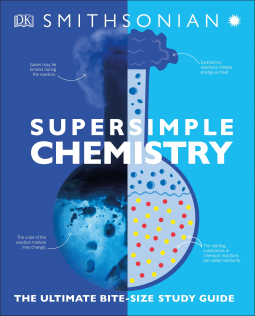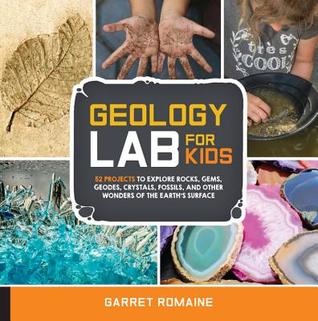Mind Games: 10 Fun Optical Illusions and Perception Projects by Scientific American Editors is a children's nonfiction book. What concepts are behind the creation of cartoons and the ability to seemingly make a dot on a page disappear? Readers will learn the answers through the ten hands-on activities featured in this intriguing title. Each optical illusion is broken down using step-by-step instructions paired with helpful illustrations. Accessible text reveals the important scientific ideas behind each activity, such as the principles of human vision, perception, and light.
Mind Games is a well organized and accessible book that would be a good classroom, homeschooling, and public library addition. I thought the book is well formatted, with well written text that explains the concept and related experiment well. I thought the extended information to help formulate a science fair project or further experimentation was a nice touch. The tools and items needed for the experiments were all things most likely already in the home, which makes the experiments so much more doable, and repeatable as desired. I also liked that an explanation of the scientific method was included, for those that might think they know what it is but need a bit more detail to be able to apply or explain it themselves. I also liked that a glossary and resources for further research were included as well.









